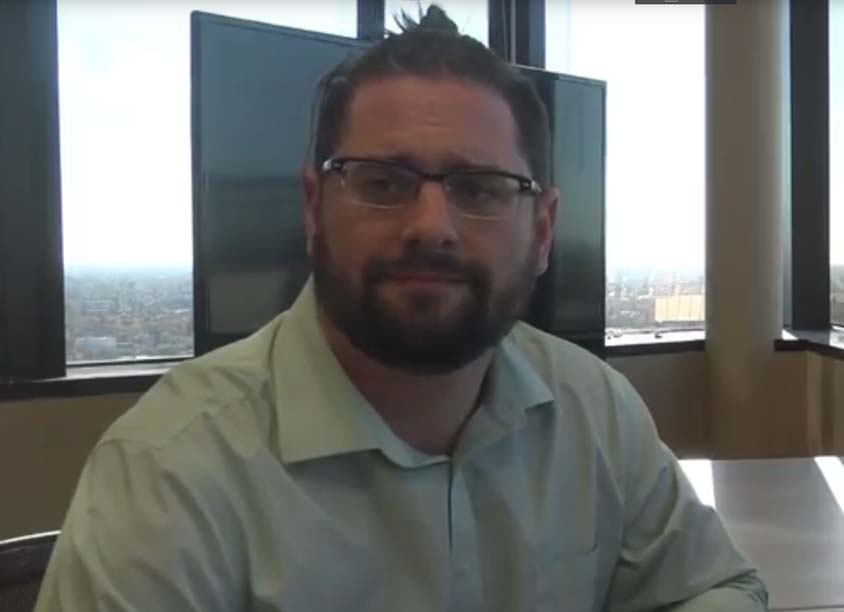
Want to Fund Great Idea for New Tech Hardware?: Look Elsewhere than VCs
by Gary Simon
—
It is tough to find capital to build a business around a new piece of hardware. VC’s have lost interest. Why? Here are some conclusions from some recent studies:
- Products that involve new engineering and new hardware invariably take longer and require more funding to get to a commercially viable product than expected. The time horizon typically exceeds five years. VC money is not that patient, even if the payoff eventually could be huge.
- The track record is not encouraging. VC investors typically receive less than 20 cents on the dollar once a hardware-based company does finally get to an exit. There have been exceptions, but not that many. Medical technology companies have better track records than clean tech.
- Software companies are much more attractive, with returns frequently over three times the initial investment with exits in 18 months. Unsurprisingly, capital is rushing to these kinds of investments, even if they do not create sustainable, long-term value.
- Cleantech hardware VC investments, in particular, tend to focus on varying hot trends. Right now, batteries and autonomous electric vehicles are hot. Solar, biofuels, and fuel cells have fallen out of favor. VC’s do not break out of these trends easily.
All of this suggests the usual pattern of proof of concept→excellent business plan→angel funding→A round VC money→B round growth capital→IPO or acquisition does not work well for a hardware company. What then might work?
To the extent VC or private equity money is available, it is available mostly for companies that have revenue and enough sales to show market traction, plus being close to or beyond cash flow breakeven. Where then are the sources of capital to get to this point?
- Bootstrapping or the “Lean Startup”–defining a simple product with a small price tag and is profitable. Using the profits from sales to keep growing to point where investors get interested.
- Crowdfunding–raising money through appeals over the internet. This is not necessarily the sale of shares in a company. That requires a company to be fairly far along in getting commercial sales. Instead, it could be a pre-sale of products at a discount…or even just an appeal to help get a good idea launched.
Clearly, the two are related. Crowdfunding can be a form of bootstrapping. The implication is that instead of spending time on an investor-focused business plan, it may be better to focus on defining a viable profitable product and a sales pitch. The investor pitch comes later. To date, more than 200,000 crowdfunding campaigns have raised an aggregate of over $2 billion for early-stage companies. About 40% of the campaigns have been successful–a much better “hit rate” than pitching VCs.
This amounts to a significant change in the focus of attention for the start up and means effort should be redirected compared to the usual business plan contest format.

ABOUT THE AUTHOR
Gary Simon is the Chair of CleanStarts Board. A seasoned energy executive and entrepreneur with 45 years of experience in business, government, and non-profits.


